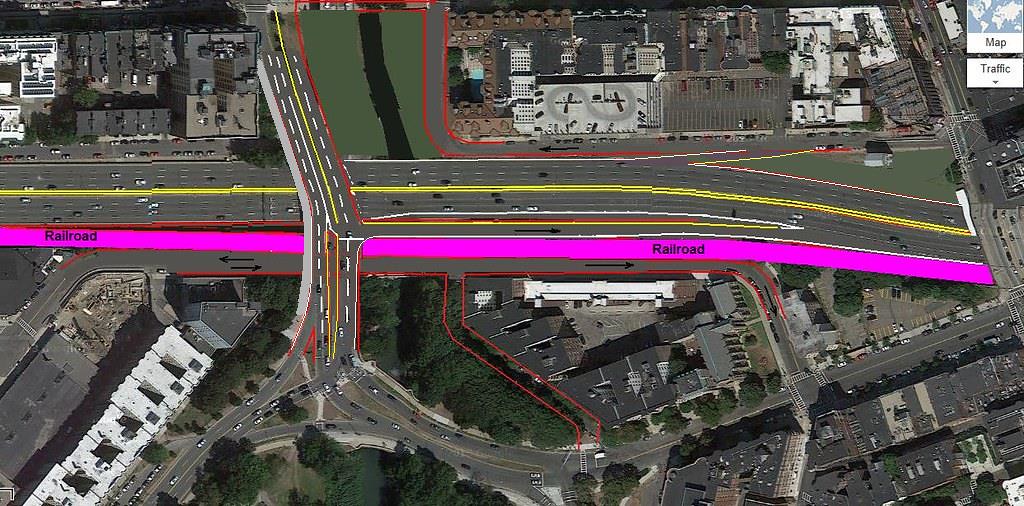F-Line to Dudley
Senior Member
- Joined
- Nov 2, 2010
- Messages
- 9,545
- Reaction score
- 10,397
125 ft. It'll take a 13%+ grade to make that climb, and you're going to try to make a complex intersection out of the tippy-top of it and make it load-bearing for interstate highway ramp collection-distribution???It looks like a good concept, except I don't think Newbury Street could be raised up to the east side of the Bowker overpass (in this Google street view from WB Mass Pike), because there's not enough horizontal distance there to make the jump in height. Also. I'd like to see an eastbound on-ramp from the Bowker to the EB Mass Pike. With these ramps to the Mass Pike, maybe Storrow Drive could be permanently eliminated.
Nope...never in a million years will that get approved.

